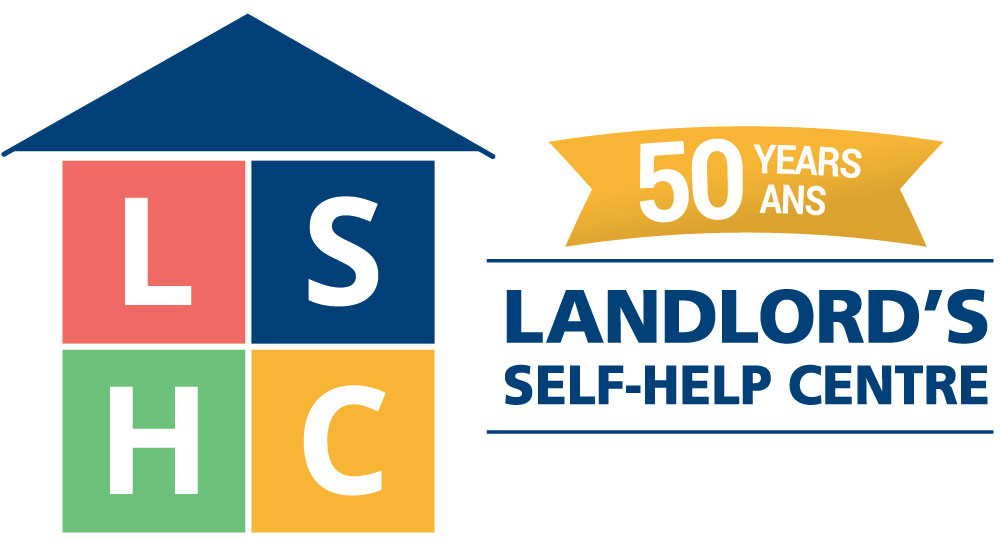Your first stop for self-help is a review of our FAQs. Take a look at the ever increasing collection of questions asked by Ontario’s small-scale landlords as well as the actual answers provided by Landlord’s Self-Help Centre.
Since you live in the house and you share the kitchen with the tenants, the landlord and tenant law does not apply to this type of accomodation, you can increase the rent by any amount.
A tenant or a landlord may apply to the Landlord and Tenant Board to determine whether the Residential Tenancies Act applies by filing the A1 application.
The A1 – Application About Whether the Act Applies would be filed with the Landlord and Tenant Board either by a landlord or tenant. The application is used to determine whether the Residential Tenancies Act applies to a particular rental unit or situation. The process for filing such an application involves the following steps:
- An A1 Application must be completed and filed with the Landlord and Tenant Board. The application must contain details about why the applicant believes the Residential Tenancies Act does or does not apply.
- The Landlord and Tenant Board will issue a Notice of Hearing and a copy of the A1 application to all parties.
- An adjudicator will preside at the hearing. These hearings are generally conducted in person.
- Once the adjudicator has heard the parties and reviewed any evidence that may be offered, a decision may be announced at the hearing. Generally, the parties to the application will receive the Board’s written decision or order by mail.
Based on the situation you have described, this tenancy would be exempt from the Residential Tenancies Act if you were sharing the kitchen and/or bathroom facilities with the renter. If that was the case she does not have any recourse against you through the Landlord and Tenant Board. The application will most likely be dismissed once you state at the hearing this was a shared accommodation situation. Here is a link to our Fact Sheet on shared facilities for more information, 2024-Sharing-Kitchen_Bathroom.pdf (landlordselfhelp.com).
There is no legislation that governs this type of tenancy however, common law rules should be observed. Please refer to our fact sheet on Sharing a Kitchen and/or Bathroom at: https://landlordselfhelp.com/media/2024-Sharing-Kitchen_Bathroom.pdf
Property owners often seek the assistance of the police prior to changing the locks in anticipation of a confrontation arising. If the landlord intends to seek police assistance, Landlord’s Self-Help Centre strongly recommends the owner be prepared to provide documentation that supports his/her claim to exempt status. Landlords should assemble the following documents:
- the Deed or Title to the property;
- a copy of subsection 5(i) of the Residential Tenancies Act; and
- a copy of the written notice given to the tenant.
Please note, the police are not obliged to assist with the recovery of the rented premises and may be reluctant to do so.
A tenancy in which a kitchen and/or bathroom is shared with the landlord or the landlord’s immediate family is exempt from the Residential Tenancies Act. A landlord in this situation may file a claim in Small Claims Court for breach of contract.
Since the rental agreement is exempt from the legislation, notice requirements and guidelines for terminating an exempt rental agreement are not defined. Landlords must rely on common law practices in this situation; LSHC suggests that written notice equal to one rent period (one week notice for a weekly tenancy and a one month notice for a monthly agreement) be given. Give the notice in writing and keep a copy for your file.
Section 5(i) of the Residential Tenancies Act states the following: This Act does not apply with respect to, living accommodation whose occupant or occupants are required to share a bathroom or kitchen facility with the owner, the owner’s spouse, child or parent or the spouse’s child or parent, and where the owner, spouse, child or parent lives in the building in which the living accommodation is located.

